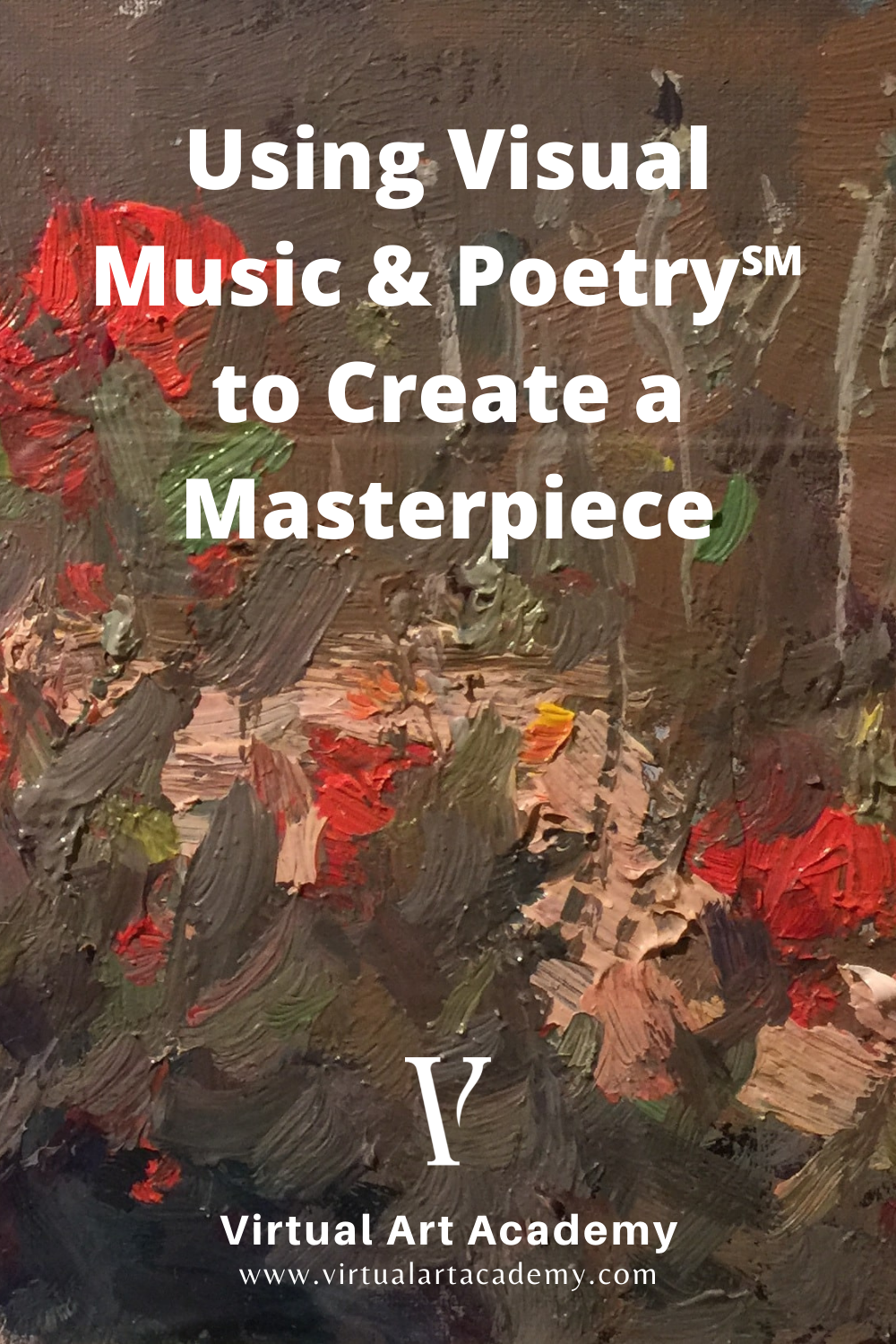
(Get free painting tips and plein air painting techniques sent straight to your inbox or on my social media.)
How did the Old Masters know how create a masterpiece?
In order to create a masterpiece, the old masters had to go through years of apprenticeship under other old masters. They did not openly use the terms Visual Poetry and Visual Music, but when you analyze their works using my Visual Music & Poetry® model, you can see how the greatest old masters knew how to apply these principles.
What is Visual Music and Poetry®?
Visual Music and Poetry® is a way of looking at works of art using a basic model that takes into account both the abstract and representational aspects of a painting. Both of these elements are critical to the enjoyment of a painting, and ensures you create a masterpiece. In this model, a painting consists of visual music combined with visual poetry. Most master paintings incorporate a mix of both.
Composition is a complex topic and involves everything you need to know in order to make a painting “work”. Many textbooks treat the subject too narrowly, focusing on the small details of composition but at the same time missing the “big picture”.
The first big picture thing you need to understand is the difference between the “poetry” and “music” of a painting. Most (but not all) great paintings use both poetry and music to create a masterpiece.
Poetry
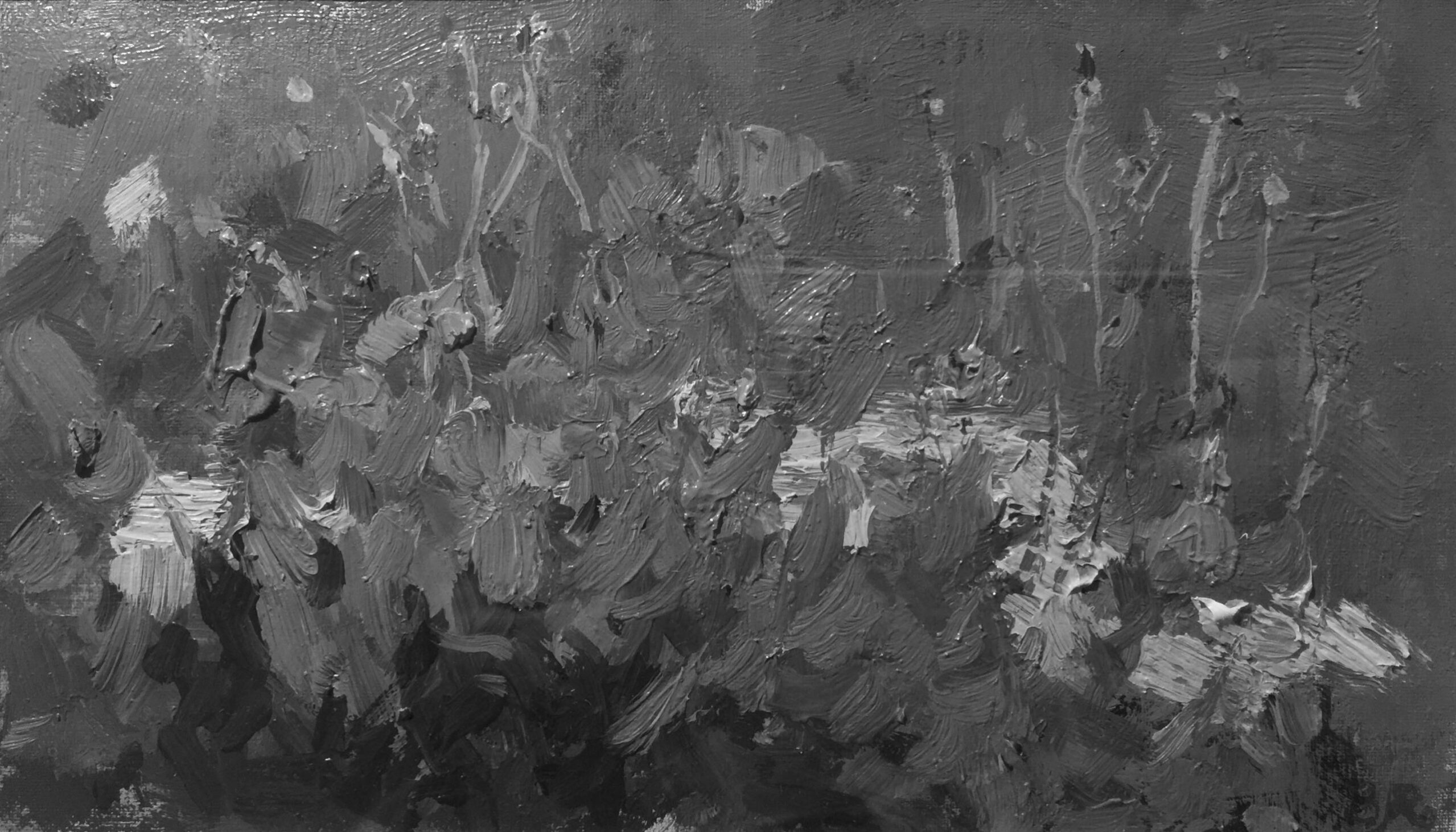
The poetry of a painting is what you are trying to communicate to the viewer through your painting, and the emotion that you want to elicit from the viewer. It is what you as an artist are trying to say, or what the painting is about. Good paintings keep this simple: they are focused, as this painting is focused on the beauty of poppies in the spring. It is unlikely that you will create a masterpiece unless it has some poetry.
Generally the painting will need to have some degree of representation in order to carry its message. However there is a wide range of possibilities from almost pure abstraction, in which the image bears no direct resemblance to any recognizable subject, to pure naturalism in which the artist has made the image as close as possible to the actual appearance of the subject.
This is the intellectual concept of the painting that arises from the illusion created by the painting. To include a poetic element, a painting needs to:
- represent, resemble, or at the very least suggest something, however abstract that representation may be, and
- focus that illusion into some idea or concept (often something to do with human emotions).
Music
The music of a painting is its sensuous, non-intellectual part. It derives from the physiological pleasure the human brain gets from making visual order out of the visual chaos of nature. The artist translates nature’s complexity into a rhythm of simpler shapes, colors, and values and at the same time creates color harmony from the kaleidoscope of often inharmonious colors that are found in nature. This is done by selectively choosing what to paint and by using the appropriate colors to achieve that harmony.
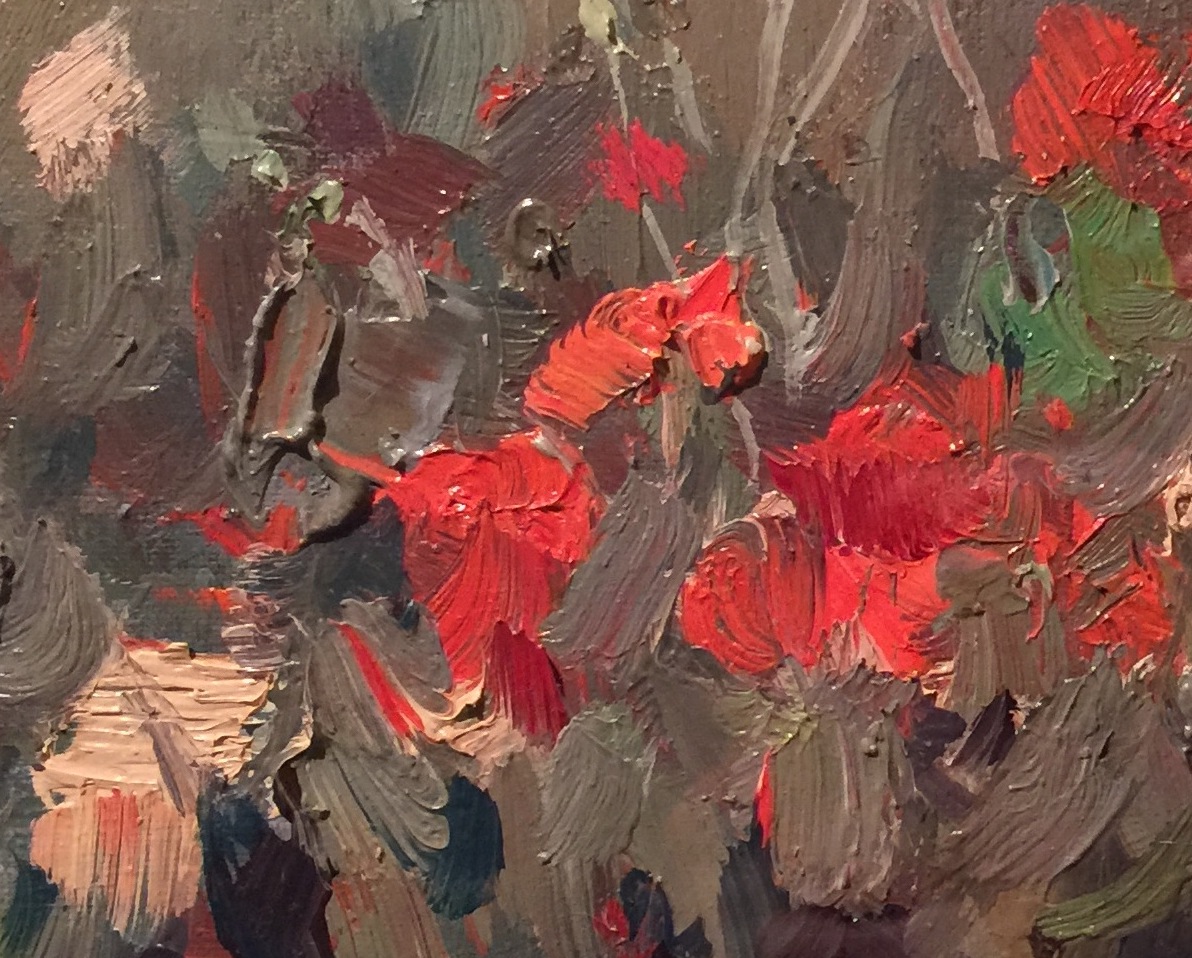
The music works in two ways:
- when the painting is seen from a far distance. The far music derives from the overall pattern of shapes, values, and colors.
- when it is seen from a near distance. The near music derives from how the paint has been applied to the painting and in the rhythm, shapes, and textures of the brushwork.
Pianello Poppies’s music is created by a red, blue green complementary color harmony and a contrast between high saturation reds and low saturation green grays. This is how many master artists use visual music to create a masterpiece, even if they don’t call it that.
How does Visual Music and Poetry® help me create a masterpiece?
You can define a painting as visual poetry combined with visual music, and created using a painting process. This model will help you place contemporary work and the great changes that painting went through during the 20th century (from abstract art to photo realism, and conceptual art) into a much broader and more understandable historical context.
Why do I use these terms “music” and “poetry”?
I use the term “music” because of the various analogies between music and painting. A good musical composition has harmony between its notes and a good painting has harmony between its colors and values. A good musical composition has interesting rhythms in the time sequence of its notes, and a good painting has various rhythms in the spacings between its shapes.
Likewise good music takes advantage of repetition in sequences of notes with some variations. Repetition and variety in shapes and colors is one of the key principles in painting. Hence the strong analogy between painting and music.
As for poetry, I cannot say it any better than a quote I recently read by William Carlos Williams, an American Poet, (1883 – 1963) in a 1950 interview:
William Carlos Williams, 1950
“Poetry is language charged with emotion. Poetry is words, words rhythmically organized. A poem is its own complete small universe, it exists separately. Any poem that has worth expresses the whole life of the poet. It gives a view of what the poet is.”
Just change the word “poetry” in this quote to “painting”, and words to “shapes, lines, and colors” and you’ll see what I mean:
Barry John Raybould 2010, after William Carlos Williams
“A Painting is an image charged with emotion. A painting is shapes, lines, and colors rhythmically organized. A Painting is its own complete small universe. It exists separately. Any painting that has worth expresses the whole life of the artist. It gives a view of what the artist is.
To learn more
To learn more about how to critique a master painting for Visual Music & Poetry®, and about how to create a masterpiece by adding an interesting concept for paintings, see Workshops B and H of the Virtual Art Academy® Apprentice Program.
Thank You
Thank you for taking the time to read this article. I hope you find it useful. If you would like to get free painting tips by email, please sign up for my free tips newsletter.
If you are interested in a structured approach for learning how to paint, take a look at my online painting classes.
Happy painting!
Barry John Raybould
Virtual Art Academy
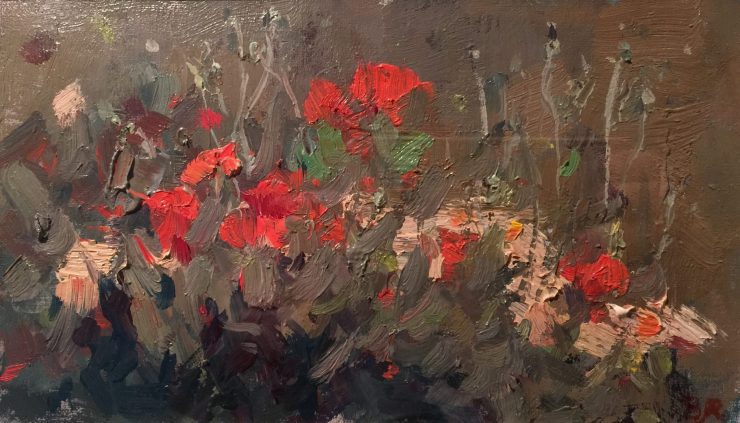











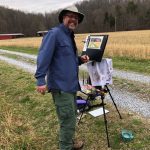




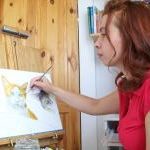





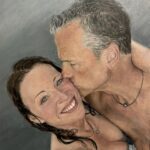
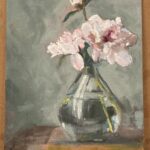

je suis de saint brieuc cotes d Armor et je suis intéresse par les peintures avec numéros.pourriez vous me faire savoir ou je peux commende ou les trouver en France.
cordialement Mme michel
Malheureusement, je ne sais pas. Mais je croix que serai mieux de ne pas utiliser les numéros. Vous avez une très belle paysage dans le côte d’amour, je veux le visiter! Serait mieux d’aprendre comment de trouver le couleurs juste. Cette choses on peut apprendre dans te Virtual Art Academy.
Amazing knowledge. I’ve not found these answers anywhere else. I can’t afford to pay for this information? I can’t afford not too 🙂